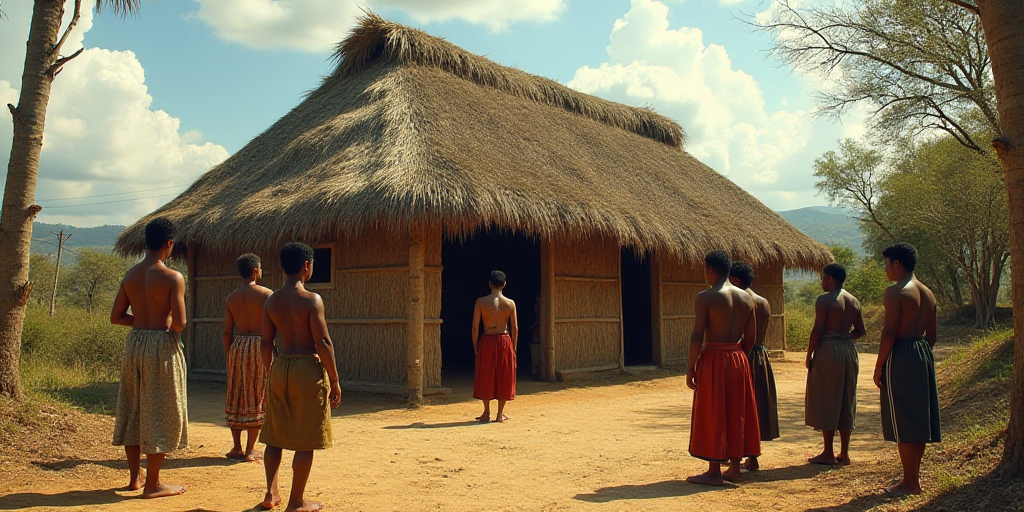Historical Achievement for Wixaritari Communities
The “Wixárika Route to the Sacred Sites of Wirikuta. Tatehuari Huajuyé” was inscribed on July 12, 2025, during the 47th session of UNESCO’s World Heritage Committee in Paris, France. This achievement, led by the Mexican state and the Wixaritari communities, took almost three decades to materialize. According to Francisco Vidargas Acosta, Director of World Heritage at the National Institute of Anthropology and History (INAH), this is a historic victory for the Wixaritari communities.
First Living Site on UNESCO’s World Heritage List
This inscription is historically significant as it marks the first “living” site to be included in UNESCO’s World Heritage List, representing indigenous communities. The unanimous vote of the participating states’ representatives placed the Mexican route, spanning western and central-northern regions, on the World Heritage List as a “Series Property,” fulfilling the criteria of exceptional universal value and UNESCO World Heritage Convention guidelines.
The Wixaritari route embodies a unique cultural and spiritual tradition, connecting the Wixaritari people to their sacred sites, which symbolize their cosmovision, religious beliefs, social values, and cultural practices. Moreover, it forms a natural corridor with exceptional biodiversity, highlighting the interrelation between cultural practices and the natural environment in Wixaritari spirituality.
The Designated Territory
Stretching 500 kilometers across five states—Nayarit, Jalisco, Durango, Zacatecas, and San Luis Potosí—the sacred route encompasses 20 sites over more than 135,000 hectares. These sites showcase geographical features, climatic phenomena, plants, and animals that symbolize the presence of ancestors, represented by symbols like the deer, wolf, fire, eagle, and peyote.
During journeys along this route, elders and mara’akate (shamans) share their knowledge with younger generations through storytelling, dance, art, music, and rituals. Totupica Candelario Robles, representing the Wixaritari Regional Council, attended the session and explained to El Economista that the initiative to nominate the route before UNESCO aimed to protect sacred sites from mining company issues and uncontrolled tourism.
Support from ICOMOS International
The Wixaritari route’s candidacy received support from the International Council on Monuments and Sites (ICOMOS International), UNESCO’s advisory body. Alongside the technical dossier, a comprehensive Integrated Management, Conservation, and Safeguarding Plan was submitted, focusing on a biocultural approach. This plan, developed with the participation of Wixaritari communities, federal, state, and local authorities, and Conservación Humana A.C., reflects an inclusive and participatory approach with a functioning protection and monitoring system under the Wixaritari Regional Council.
New UNESCO World Heritage Site
To be included in the World Heritage List, a site must possess Outstanding Universal Value (OUV) and meet at least one of ten criteria set by the UNESCO International Convention. During the 47th session in Paris, 31 sites from various latitudes were nominated and included in the World Heritage List, such as the castles of King Ludwig II of Bavaria (Germany), the paleop landscape of Faya (UAE), the petroglyphs of Bangudae (South Korea), the rock art of Shulgan-Tash cave (Russia), the imperial necropolis of Xixia (China), military landscapes of Maharashtra (India), the submerged archaeological landscape of Port Royal (Jamaica), and prehistoric arts and architecture in Sardinia (Italy).
With this new designation, Mexico now has 36 sites on the UNESCO World Heritage List, making it the country with the most declared sites in the American continent and the sixth globally.
Key Questions and Answers
- What is the Wixaritari Sacred Route to Wirikuta? It’s a 500-kilometer route across five Mexican states, encompassing 20 sacred sites over more than 135,000 hectares, representing the cultural and spiritual traditions of the Wixaritari people.
- Why is this inscription significant? It’s the first “living” site on UNESCO’s World Heritage List, representing indigenous communities. The route embodies a unique cultural and spiritual tradition and forms a natural corridor with exceptional biodiversity.
- Who supported the Wixaritari route’s candidacy? The International Council on Monuments and Sites (ICOMOS International) supported the candidacy, along with a comprehensive Integrated Management, Conservation, and Safeguarding Plan focusing on a biocultural approach.
- How many sites does Mexico have on the UNESCO World Heritage List? Mexico now has 36 sites on the UNESCO World Heritage List, making it the country with the most declared sites in the American continent and the sixth globally.






